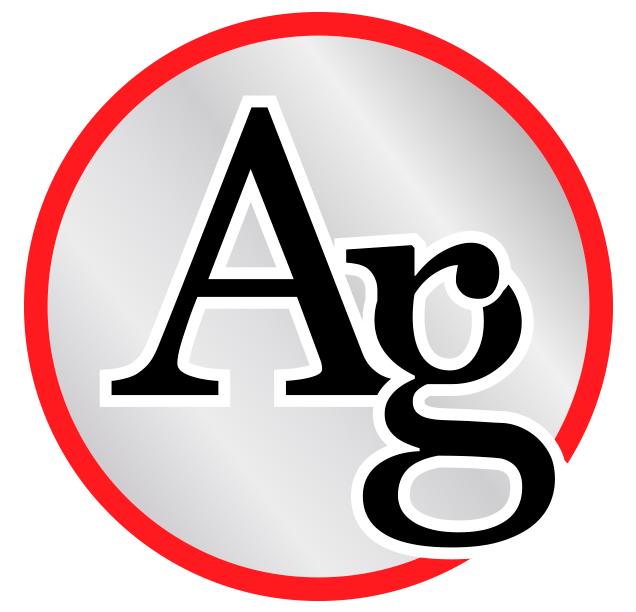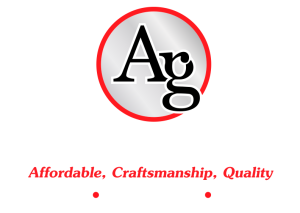Why do contractors texture ceilings and walls?
Among the main reasons why developers and contractors decide to texture surfaces such as ceilings and walls is the monetary value, texturing is a more affordable way to finish a ceiling or a wall. Texturing has a great hiding capability which allows contractors to get away with one less skim coat and a lighter much faster sanding process.
High rises are the most common buildings to use textured ceilings, this is because ceilings in high rises are made out of concrete, which would require more work. When polishing a concrete ceiling it is necessary to apply a masonry primer before skim coating plus a drywall primer after the three skim coats of drywall mud have been applied and sanded, thus, increasing the cost when finishing apartment buildings.
At first glance most textured ceilings will look flawless but if you take a second look at the ceilings on a nice sunny day you may see patterns of the unfinished concrete or even nicks and dents. All of which are almost perfectly hidden by the texture and a coat of flat white paint.
There are several different kinds of textures out there, for which the following are the three most common:
- Spanish Texture or Span-Tex
- Aggregate
- Popcorn
All three products have the same uses with different finish and look, so it is only a matter of which one goes better with your home and the style you are looking for. Whether you would like an orange peel finish to a very coarse finish
Span-Tex provides you with a wide range of texture finishes, from a very fine and discrete to a coarse finish Span-Tex is the go-to choice for contractor, developers and home owners alike.
Textures with aggregate are easier to apply and provide a more even finish than Span-Tex. They come in three different sizes; fine, medium and coarse aggregate
Popcorn finish; we recommend this kind of texture for ceilings or walls with lots of imperfections. Popcorn texture has by far the best hiding capability of all three textures, this thanks to how coarse this texture is.
While texture is commonly used to hide the imperfections, it important to know that texture will not get rid of big cracks or gauges. Surfaces with bigger imperfections will first have to roughly be filled before texturing, remember it does not have to be perfect as the texture will cover the rough edges
It is strongly recommended to prime any bare drywall or concrete surfaces prior to texture application and then apply one or two coats of paint, preferably a flat finish with Argenta White. It is not uncommon for builders to only prime the bare drywall or concrete ceilings and then texture ceilings skipping the painting process to save money. At Argenta Painting Ltd. we always paint all the ceilings that we texture, especially when we do texture matches
Although fresh texture is very easy to remove, we recommend to protect all areas with tape, plastic (poly) for the walls and furniture and canvas drop sheets for the floors. Protecting all these areas will has an added benefit as you will already have everything ready for painting. Should any of the texture get on the walls or surfaces you can easily remove it using a fine sanding paper (150 grid or finer) if you are planning to repaint walls or simply use a damped rag to clean the texture off any surfaces. This works best for water-based texture bags of pre-mixed contractor grade paint or powder texture only, as we have found that the texture in some of the spray-texture cans found in paint or hardware stores can be very hard to remove with any of the methods depicted above
We recommend you to have the wall paint handy in case you need it, since removing painter’s tape can seldom pull off the top coat from walls, I these rare cases a small touch up with a brush may be required.
Call A Professional
Feel free to contact us with any more questions you may have regarding textured ceilings or simply to get a free quote to retexture or paint your home.


